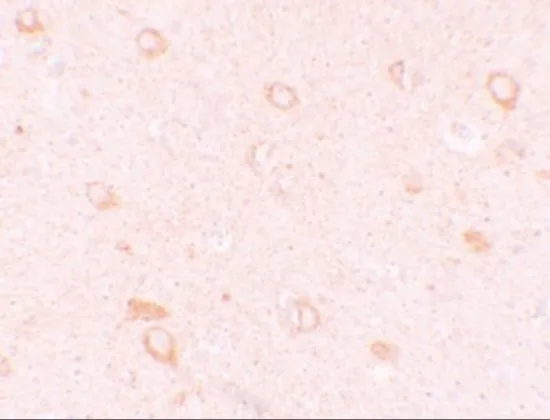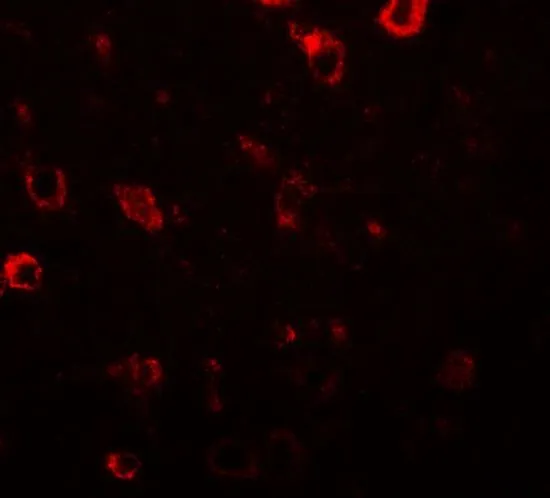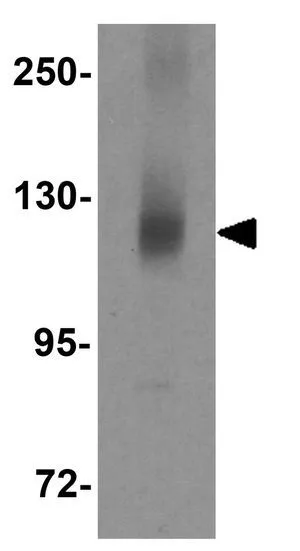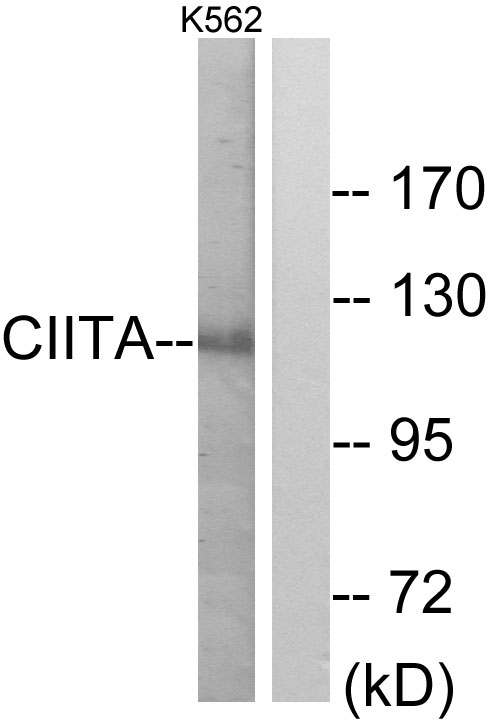
IHC-P analysis of human brain tissue using GTX31419 CIITA antibody. Working concentration : 10 microg/ml
CIITA antibody
GTX31419
ApplicationsWestern Blot, ELISA, ImmunoHistoChemistry, ImmunoHistoChemistry Paraffin
Product group Antibodies
TargetCIITA
Overview
- SupplierGeneTex
- Product NameCIITA antibody
- Delivery Days Customer9
- Application Supplier NoteWB: 1 microg/mL. IHC-P: 10 microg/mL. *Optimal dilutions/concentrations should be determined by the researcher.Not tested in other applications.
- ApplicationsWestern Blot, ELISA, ImmunoHistoChemistry, ImmunoHistoChemistry Paraffin
- CertificationResearch Use Only
- ClonalityPolyclonal
- Concentration1 mg/ml
- ConjugateUnconjugated
- Gene ID4261
- Target nameCIITA
- Target descriptionclass II major histocompatibility complex transactivator
- Target synonymsC2TA; CIITAIV; MHC class II transactivator; MHC class II transactivator type I; MHC class II transactivator type III; MHC2TA; NLR family, acid domain containing; NLRA; nucleotide-binding oligomerization domain, leucine rich repeat and acid domain containing
- HostRabbit
- IsotypeIgG
- Protein IDP33076
- Protein NameMHC class II transactivator
- Scientific DescriptionThis gene encodes a protein with an acidic transcriptional activation domain, 4 LRRs (leucine-rich repeats) and a GTP binding domain. The protein is located in the nucleus and acts as a positive regulator of class II major histocompatibility complex gene transcription, and is referred to as the master control factor for the expression of these genes. The protein also binds GTP and uses GTP binding to facilitate its own transport into the nucleus. Once in the nucleus it does not bind DNA but rather uses an intrinsic acetyltransferase (AT) activity to act in a coactivator-like fashion. Mutations in this gene have been associated with bare lymphocyte syndrome type II (also known as hereditary MHC class II deficiency or HLA class II-deficient combined immunodeficiency), increased susceptibility to rheumatoid arthritis, multiple sclerosis, and possibly myocardial infarction. Several transcript variants encoding different isoforms have been found for this gene. [provided by RefSeq, Nov 2013]
- Storage Instruction-20°C or -80°C,2°C to 8°C
- UNSPSC12352203






